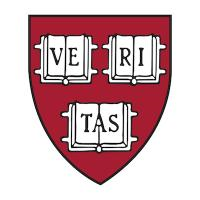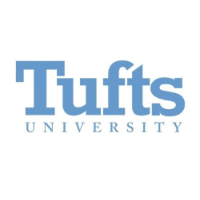What do they do?
Design, make, alter, repair, or fit garments.
Also known as:
Alterations Expert, Alterations Sewer, Bridal Designer, Clothing Pattern Designer, Custom Dressmaker, Custom Sewer, Custom Tailor, Dressmaker, Garment Fitter, Seamstress, Tailor
-
-2.9%
Change
Ranks #34 in job growth rate170Job Openings
Ranks #7 in net job growth
Looking for colleges that offer a specific major? Use the College Match Tool to find your best-matched schools and discover your estimated Net Price!
- High school diploma equivalent (29%)
- Less than high school diploma (24%)
- Some college, no degree (18%)
- Bachelor's degree (16%)
- Associate's degree (8%)
- Master's degree (3%)
- Doctorate or Professional Degree (<1%)
Most Popular Majors that prepare Tailors, Dressmakers, and Custom Sewers
-
#1
-
Degrees Granted
532
-
Female Students
373
-
Male Students
159
-
Median Starting Salary
$36,700
-
-
#2
-
Degrees Granted
243
-
Female Students
141
-
Male Students
102
-
Median Starting Salary
$39,600
-
-
#3
-
Degrees Granted
209
-
Female Students
130
-
Male Students
79
-
Median Starting Salary
$38,000
-
-
#4
-
Degrees Granted
122
-
Female Students
79
-
Male Students
43
-
Median Starting Salary
$39,600
-
-
#5
-
Degrees Granted
17
-
Female Students
12
-
Male Students
5
-
Median Starting Salary
$40,500
-
People in this career often know a lot about:
- Customer and Personal Service - Knowledge of principles and processes for providing customer and personal services. This includes customer needs assessment, meeting quality standards for services, and evaluation of customer satisfaction.
- English Language - Knowledge of the structure and content of the English language including the meaning and spelling of words, rules of composition, and grammar.
- Production and Processing - Knowledge of raw materials, production processes, quality control, costs, and other techniques for maximizing the effective manufacture and distribution of goods.
People in this career often have talent in:
- Visualization - The ability to imagine how something will look after it is moved around or when its parts are moved or rearranged.
- Arm-Hand Steadiness - The ability to keep your hand and arm steady while moving your arm or while holding your arm and hand in one position.
- Finger Dexterity - The ability to make precisely coordinated movements of the fingers of one or both hands to grasp, manipulate, or assemble very small objects.
- Near Vision - The ability to see details at close range (within a few feet of the observer).
- Oral Comprehension - The ability to listen to and understand information and ideas presented through spoken words and sentences.
- Control Precision - The ability to quickly and repeatedly adjust the controls of a machine or a vehicle to exact positions.
People in this career often do these activities:
- Measure materials to mark reference points, cutting lines, or other indicators.
- Repair textiles or apparel.
- Sew clothing or other articles.
- Operate sewing equipment.
- Measure clients to ensure proper product fit.
- Record operational or production data.
- Trim excess material from workpieces.
- Adjust fabrics or other materials during garment production.
- Smooth garments with irons, presses, or steamers.
- Estimate costs of products, services, or materials.
- Cut fabrics.
- Position patterns on equipment, materials, or workpieces.
- Mark products, workpieces, or equipment with identifying information.
- Confer with customers or designers to determine order specifications.
- Read work orders or other instructions to determine product specifications or materials requirements.
- Design templates or patterns.
This page includes data from:

 Occupation statistics: USDOL U.S. Bureau of Labor Statistics Occupational Employment Statistics
Occupation statistics: USDOL U.S. Bureau of Labor Statistics Occupational Employment Statistics
 Videos: CareerOneStop, USDOL/ETA and the Minnesota Department of Employment & Economic Development
Videos: CareerOneStop, USDOL/ETA and the Minnesota Department of Employment & Economic Development








